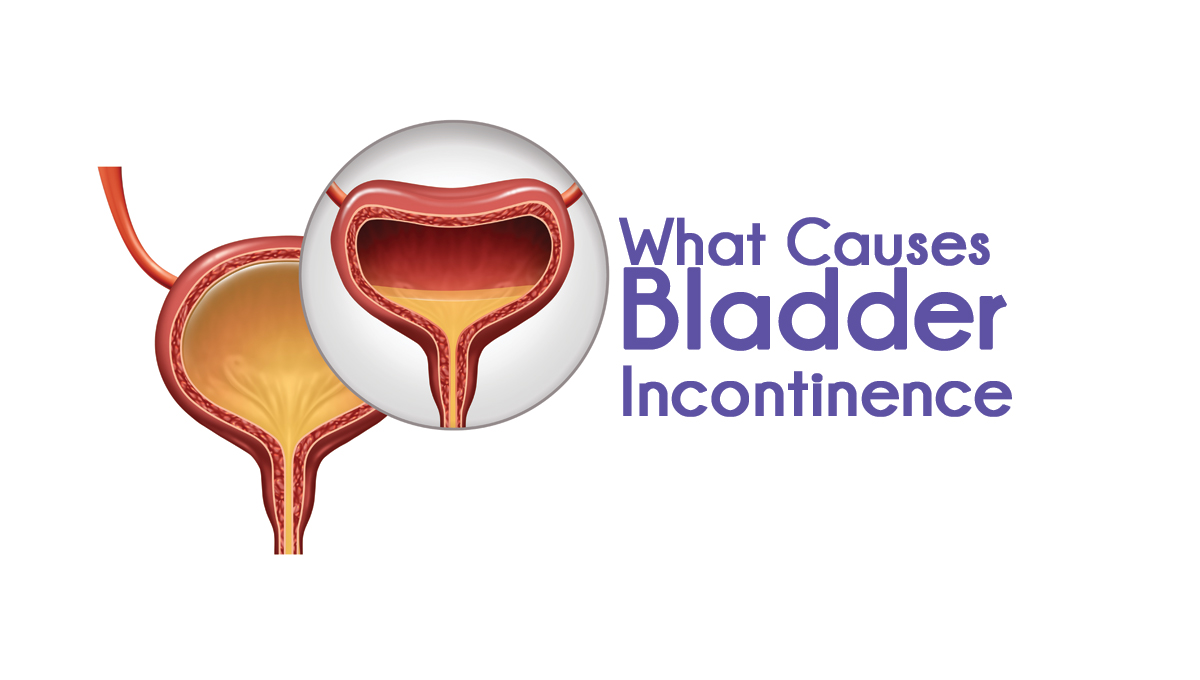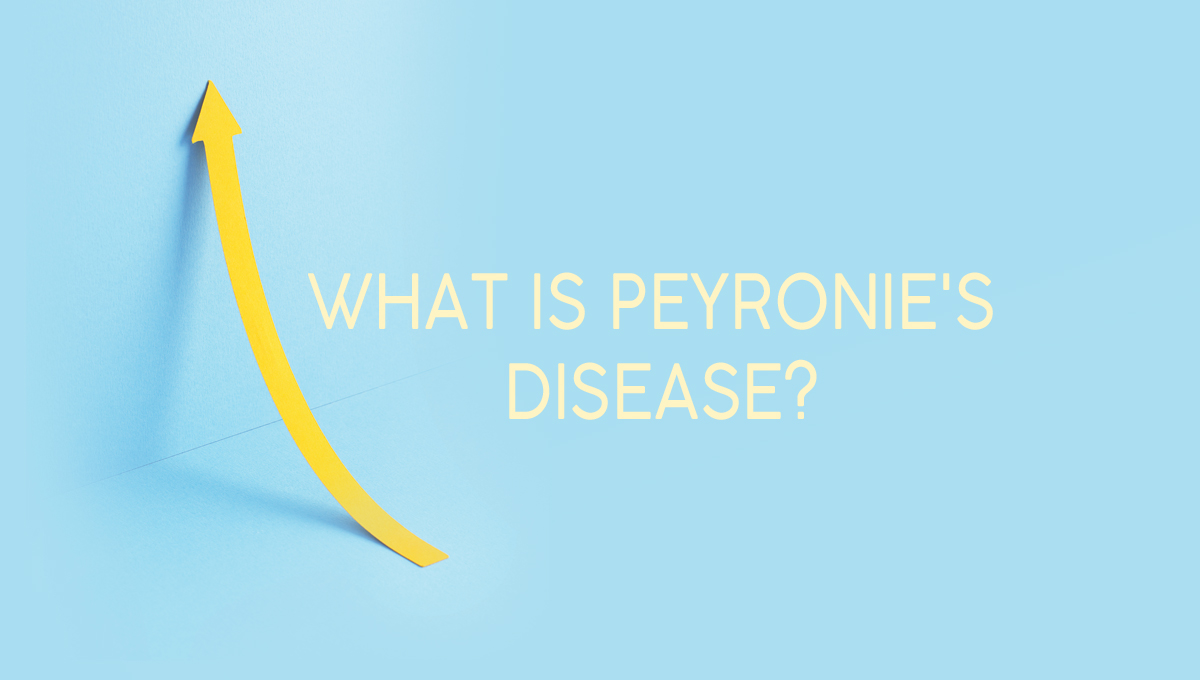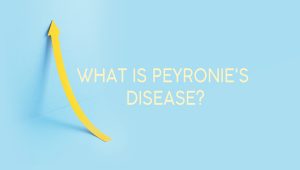

Urine is made by the kidneys and is stored in the bladder. There are muscles in the bladder that tighten, causing a need to urinate. When these muscles tighten, urine is forced out of the bladder through the urethra. Urination happens when the sphincter muscles surrounding the urethra relax, letting urine out of your body. Urinary incontinence can make you leak small amounts of urine, or release larger amounts of urine suddenly.
For women, urinary incontinence may happen regardless of age, but it’s most likely to occur in older women. Almost half of women 65 and older have some type of urinary incontinence.
Signals that you have an incontinence issue that merits seeing a urologist include spasms or pressure in the pelvic area, causing an urgent need to urinate. Also frequent trips to the bathroom, for example, more than eight times per day or more than two per night while you sleep.
Your doctor will give you a plan of treatment, starting with steps that you can do at home. If these activities don’t improve symptoms, your doctor might recommend seeing a urologist or recommend other treatments, depending on whether you have urge incontinence or stress incontinence, or both.
What You Can Try at Home
Your doctor, nurse or urologist may suggest exercises that you can do at home. These preventative activities may stop urinary incontinence, or help you leak less.
Here are some of the activities that may be prescribed:
- Kegel exercises. Kegel exercises targeted to strengthen the pelvic floor can help. However, some women’s pelvic floor muscles remain tightened all the time. In those cases, Kegel exercises not only will not help your urinary symptoms but they may cause more problems.
- Bladder training. Going to the bathroom at regular times can help control an overactive bladder and help urge incontinence. You will be asked to keep a bladder diary to track how often you make a trip to the bathroom. You then will add 15 minutes to the intervals between bathroom visits. You should urinate each time, regardless of whether or not you feel an urge to go. You will be incrementally increasing the time between visits. Eventually your can train your bladder to retain more urine before it needs to be emptied.
- Losing weight. Having extra pounds adds pressure to the bladder and surrounding muscles, which can cause bladder control problems.
- Changing eating habits. Drinks with carbonation, alcohol or caffeine may aggravate incontinence.
- Treating Constipation. Try eating more fiber because constipation can worsen urinary incontinence.
Urinary incontinence does not need to be a normal part of aging. It is sometimes a signal of another health problem, such as weak pelvic floor muscles. There are different types of treatment available to help ease the problem. Our team of specialists at Advanced Urology Institute have years of experience working with patients with urinary incontinence and can develop the best plan for the individual’s needs. For more information, visit the Advanced Urology Institute website.








